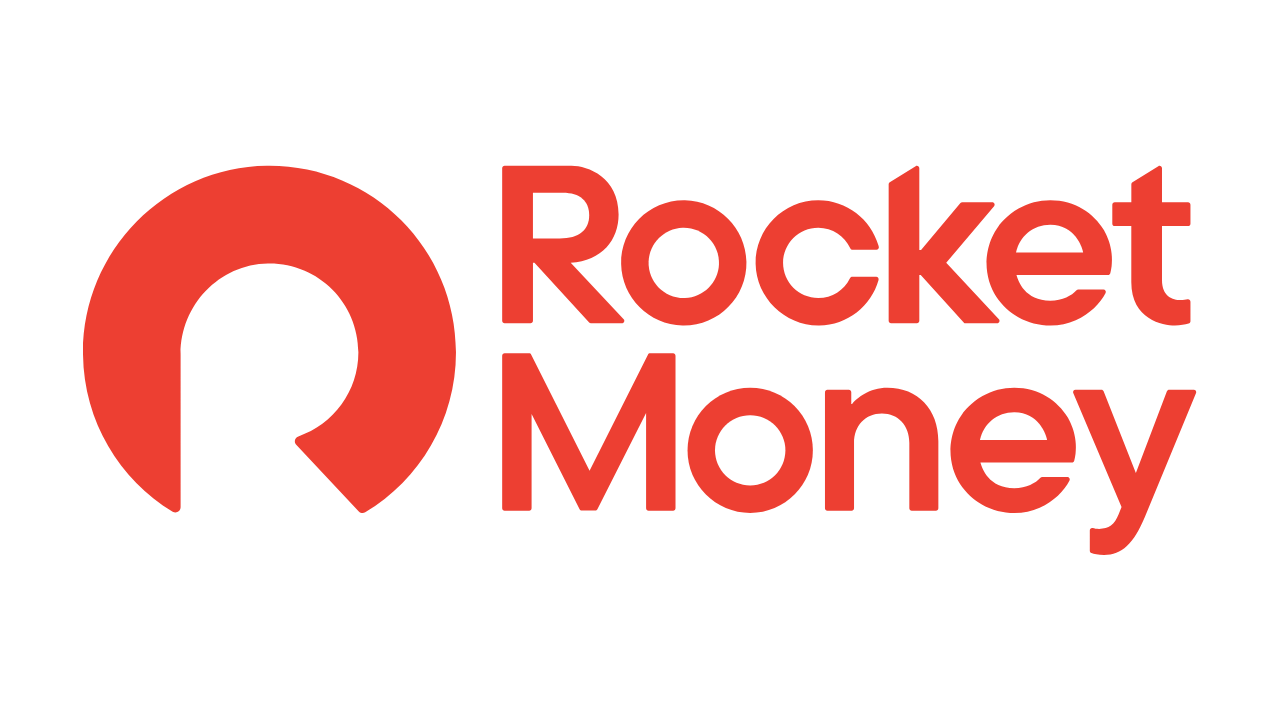
🔎 Disclosure: WE DON’T SELL ANY COURSES. Money Vice is reader-supported. When you buy through our links, we may earn a commission at no extra cost to you. The ideas presented on this site are opinions and are presented for entertainment purposes only. We’re not licensed financial advisors. The information presented should not be construed as financial or legal advice. Always do your own due diligence.
1. Stop Upgrading Your Phone Every Year
You know that rush when a shiny new phone drops.
The ads scream at you, your friends start flexing their new screens, and suddenly, your perfectly fine phone feels like it belongs in a museum.
But here’s the truth. Your old phone didn’t suddenly forget how to text, scroll TikTok, or play Spotify.
You just got sucked into the upgrade trap.
Why Skipping the Upgrade Works
Every year you skip the upgrade, you save hundreds of dollars.
That’s money that could go into a high-yield savings account instead of paying for a slightly better camera.
Plus, holding onto your phone longer means you squeeze the most value out of the device you already own.
👉 Here's How You'll Do It: Hold onto your phone for 3–4 years, and stash the $700 you’d waste on upgrades into a free app like Rocket Money or Acorns to watch it grow.
2. Quit Spending On Impulse Amazon Orders
You know that moment when you open Amazon “just to look” and suddenly your cart looks like you’re opening a mini Walmart.
Impulse shopping is sneaky. It feels cheap in the moment, but those $20 buys add up like crazy.
Ever check your bank statement and think, “Wait, who ordered a flamingo pool float at 2 am?” Yeah, that was you. 🙂
Why Amazon Impulse Buys Drain You
Amazon is designed to make you spend without thinking. Fast shipping, one-click orders, endless “customers also bought” suggestions.
Impulse buying wrecks your budget because it eats into money that should go toward bills, savings, or debt.
Cutting those unnecessary orders saves you hundreds (sometimes thousands) each year, without even feeling it.
👉 Here's How You'll Do It: Keep a 24-hour rule before clicking “Buy Now,” and use tools like the Honey browser extension to track real deals instead of fake discounts.
3. Stop Paying For Streaming You Don’t Watch
Remember when you signed up for that “free trial” and swore you’d cancel.
Six months later, you’re still paying $15 a month to watch one documentary you already forgot.
Streaming subscriptions are sneaky. They drain your account in small bites, and before you notice, you’re paying for services you don’t even use.
How to Cut the Streaming Drain
Instead of juggling five subscriptions, stick to one or two you actually use.
You can rotate. Netflix this month, Hulu the next, and never feel like you’re missing out.
Better yet, share accounts with friends or family (legally, of course), and everyone saves money.
👉 Here's How You'll Do It: Audit your streaming apps, cancel the ones you don’t use, and rotate between the ones you actually enjoy watching.
Bonus: Get Help Tracking Your Subscriptions
After cutting out random streaming subscriptions, you probably realized how many sneaky charges slip through every month.
It’s almost like your bank account is on autopilot… but in the worst way possible.
One way to flip the script is by using tools that track your spending for you.
Instead of guessing where your money disappears, you actually see it.
Subscriptions, bills, and even those “forgotten” free trials that quietly turned paid.
Why Tracking Tools Work So Well
When you put your finances in one place, you stop living in denial.
It’s like having a personal assistant that points out where your money leaks.
Apps like Rocket Money make it ridiculously simple.
They automatically spot subscriptions you don’t use and help you cancel them in one tap.
People save hundreds each year this way, and honestly, it feels like getting a raise without even asking.
👉 Here's How You'll Do It: Download Rocket Money, link your accounts, and let it instantly flag subscriptions you don’t use so you can cancel them before they drain your cash.
4. Stop Buying Bottled Drinks Every Day
That $3 soda or $4 iced tea feels like pocket change, but it’s a slow bleed.
Do the math. Buy one every day, and you’re looking at over $1,000 a year.
And honestly, half the time you’re just buying flavored sugar water.
Why Bottled Drinks Add Up
It’s not just the cost. It’s the habit.
When you grab a drink out of convenience, it snowballs into a daily routine.
Carrying your own reusable bottle saves you money and keeps you hydrated without throwing cash in the trash.
👉 Here's How You'll Do It: Buy a $15 reusable water bottle once and refill it, instead of dropping $4 daily at gas stations or vending machines.
5. Stop Ordering Takeout All The Time
You know the drill. Long day, too tired to cook, and your food delivery app is basically your best friend.
The problem? That “cheap” $12 meal somehow turns into $25 with fees, tips, and delivery charges.
Do that three nights a week and you’re spending what could be a car payment.
Why Takeout Sneaks Up On You
Takeout feels convenient, but it robs you blind.
It’s not just the money. You also end up eating food that makes you feel sluggish.
Cooking at home isn’t just cheaper; it actually saves time once you plan.
👉 Here's How You'll Do It: Meal prep on Sunday with simple stuff like rice bowls or pasta, and you’ll spend $30 a week instead of $150 on delivery.
6. Quit Buying Expensive Coffee Every Morning
That “little treat” you grab on the way to work? Yeah, it’s not so little.
$6 a day for fancy coffee doesn’t feel bad until you realize it’s almost $2,000 a year.
Imagine what that could do if you invested it instead of drinking it.
Why Coffee Shops Drain Your Wallet
It’s not the coffee. It’s the habit.
Once it becomes a morning ritual, you stop thinking about it.
Brewing at home tastes just as good, especially once you figure out your style.
👉 Here's How You'll Do It: Buy a decent $30 coffee maker once, and brew at home for 50 cents a cup instead of $6 daily.
7. Gave Up Buying Fast Fashion Clothing
That $12 shirt looks like a steal… until it shrinks, fades, or falls apart after two washes.
Cheap clothes feel like savings, but they actually cost you more long-term.
You keep buying, tossing, and replacing instead of owning quality pieces that last.
Why Fast Fashion Hurts Your Wallet
Fast fashion isn’t just bad for your budget. It’s bad for your closet.
When you buy higher-quality basics, you spend less overall because they actually last.
Plus, your wardrobe feels more intentional, not like a random clearance rack.
👉 Here's How You'll Do It: Stick to a few high-quality staples (like Levi’s jeans or good sneakers) and skip the constant $20 “trendy” buys that don’t last.
📌 SAVE IT FOR LATER! 📌

And that’s it!
Never forget it…
✌️ Your Rich Life Is Waiting For You!
😉 Dale!
